"Commercial execution", cheating and other methods of punishment that affect honor, not the body
Categories: History
By Pictolic https://pictolic.com/article/commercial-execution-cheating-and-other-methods-of-punishment-that-affect-honor-not-the-body.htmlOver the millennia, humanity has greatly succeeded in inventing torture and executions. But there were always people who valued honor and reputation above life and health. Therefore, there were executions that killed the condemned person not physically, but mentally, and for many such punishment was worse than death. How was the deprivation of honor punished in Russia in different eras?
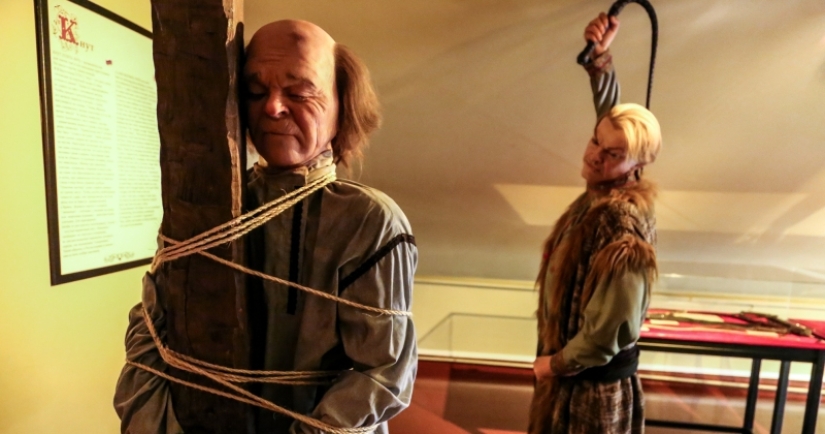
Justice, or what replaced it, has long used several methods of punishment: the death penalty, mutilation, imprisonment and public humiliation. Russia was no exception and widely used all these methods of influence. Those caught in fraud, who lost the trust of the sovereign and were noticed in various unseemly acts were often punished in Russia with a public insult to dignity.
For the first time, this method of punishment was legally fixed in the Judicial Code of 1497. The flogging of convicts was prescribed in the trading rows, in front of commoners, so executions of this type began to be called "commercial execution". Whips or sticks were used to kill or maim a criminal, but a whip or even a rod was enough for humiliation.
The punished person had to be undressed, which further humiliated him in front of a crowd of onlookers. After the flogging was completed, the convict was released or ordered to leave the city immediately. Under the whistles and insults of the crowd, the executed person was sent away to continue living in a new capacity as an outcast.
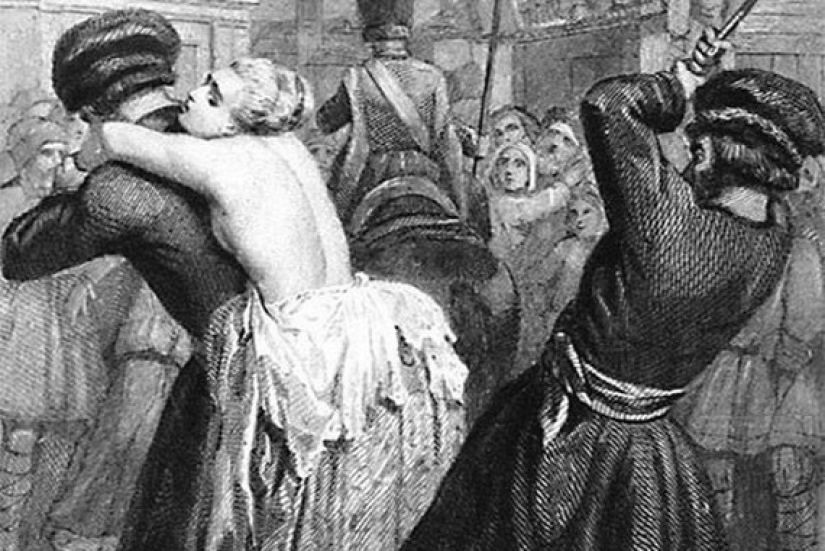
For a nobleman or a merchant, "commercial execution" meant the end of everything — the stigma of a scoundrel and a villain hung not only on the punished, but also on his relatives. No one wanted to deal with them, and therefore many considered the deprivation of honor in the market a more terrible punishment than death.
In the Russian Empire, the "commercial execution" was banned at the end of the 18th century by Catherine II, who considered it barbaric. Despite this, they continued to publicly flog in the market squares until 1845, although the nobles were no longer flogged by the people. In the Catherine era, a more humane, but no less humiliating execution was invented for representatives of the noble class — standing at the pillory.
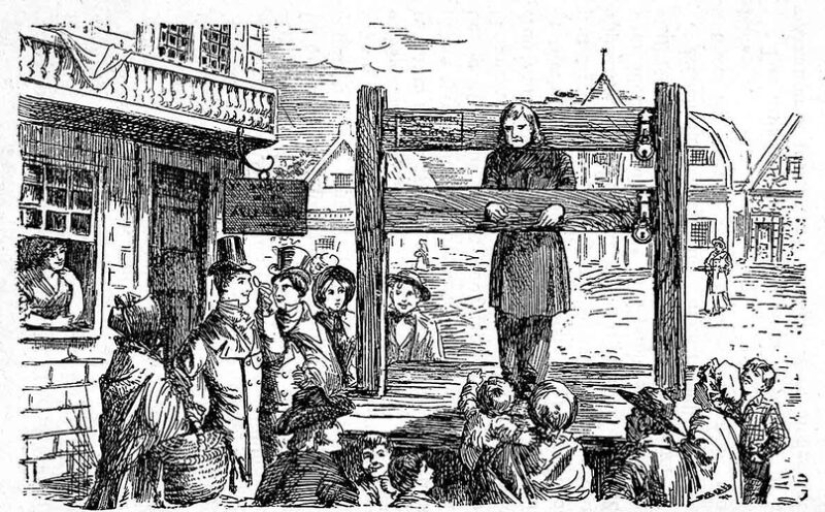
The pole was installed in a crowded place on a platform or a hill, so that it could be clearly seen from everywhere. He was equipped with rings for tying, shackles, an iron collar, and sometimes real pads. The condemned nobleman was brought to the place of execution on special "shameful" drogues painted black.
The convicted person was tied or chained to the pillory, and then the executioner broke a sword over his head, which meant the deprivation of noble honor. After that, the punished person could be released immediately, but most often he had to stand chained to the post for a period established by the court.
The ritual of breaking the sword over the head had a separate name-cheating. It was introduced into use by Peter I to punish officers. But very soon, from a purely military execution, cheating became common to all those who had noble blood in their veins. Sometimes the sword was broken not at the pillory, but at the foot of the gallows, on which a plaque with the name of the executed was fixed.
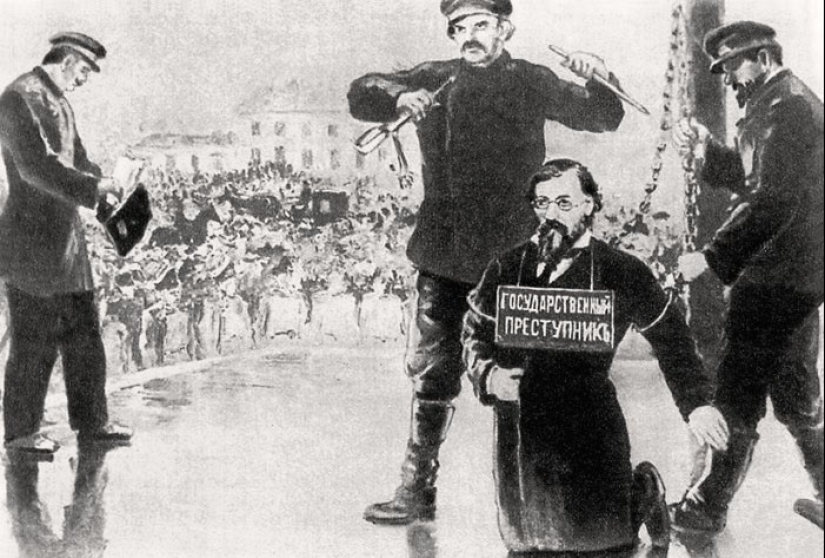
Fraud was officially abolished in 1766, but as is often the case in In Russia, this happened only on paper. Historical information has been preserved that the sword was broken over the head of Dostoevsky and Chernyshevsky already in the middle of the 19th century. It was called "civil execution" and it was used most often as a tool for reprisals of objectionable and dissidents.
Since pre-Christian times, the beard of the Slavs was considered a sign of a respected person. Encroachment on someone else's beard ended in fights and even murders. Since the reign of Yaroslav the Wise, the article about the attempt on someone else's beard has been an integral part of the collection of laws. Yaroslav himself imposed a fine for beard damage of 12 hryvnia, which was a huge amount at that time.
The Pskov Judicial Code of the 14th century provides for a payment for a damaged beard in the amount of 2 rubles, while the fine for murder could be only 1 ruble. It is not surprising that beards were often used to insult and humiliate honor. In an argument, spitting in the beard was more offensive than a slap in the face and almost always led to a fight.
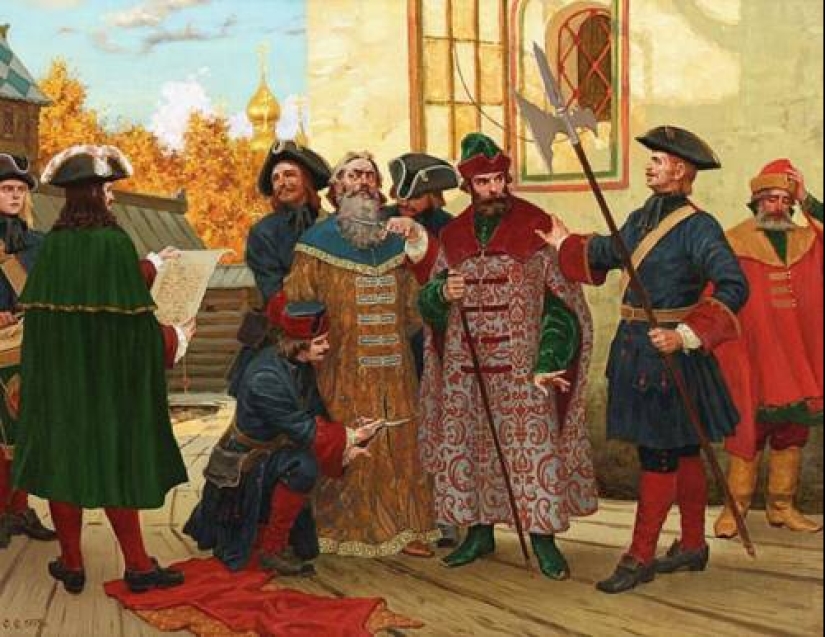
But you can't go out to fight with the tsar on fists, so Ivan IV the Terrible without a shadow of embarrassment dragged the guilty boyars by the beards, and sometimes cut them at the root. A beardless man immediately lost his arrogance and pride — even a seasoned voivode sobbed like a child if he was dragged away in front of everyone for his facial hair.
Under Peter I, the boyars and merchants were ready to pay a large tax to the treasury in order to preserve their pride, which the reformer tsar shamelessly used. The "beard duty" has been a significant item of replenishment of the state treasury for more than one year, and if the bearded man was guilty, the tsar himself did not hesitate to deprive him of dignity, to the fervent laughter of the smooth-shaven courtiers of the Germans and the Dutch.
The common people were not as scrupulous as the nobility, so they were not afraid of flogging in front of witnesses and losing their beard. In this regard, disfiguring executions were used for people of no importance, not depriving a person of life and health, but disfiguring him until the end of his days.
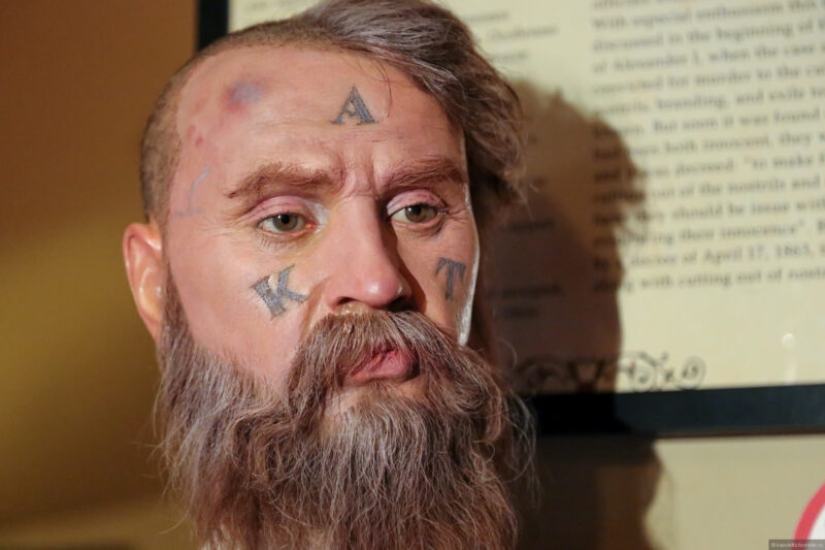
The most common non-fatal punishment was branding and pulling out the nostrils. It was impossible to hide the brand "thief" on the face or torn nostrils, and the person, even having taken the right path, no one trusted him anymore. It is interesting, but in the pre-Petrine era, the nostrils were torn by those caught smoking. Later, recidivist convicts were marked this way, sometimes supplementing the punishment by burning the letters "THIEF", "TAT" or " CAT " on the forehead and cheeks of the convict. To women, these disfiguring punishments in They were not used in Russia.
But there were other shameful, though not so disfiguring punishments for women. For example, very often guilty ladies were deprived of their hair. In ancient times, a woman could shave her head only if she was caught in fornication or changed her spouse. Later, this practice became widespread — many landowners were punished for the offenses of their yard girls.
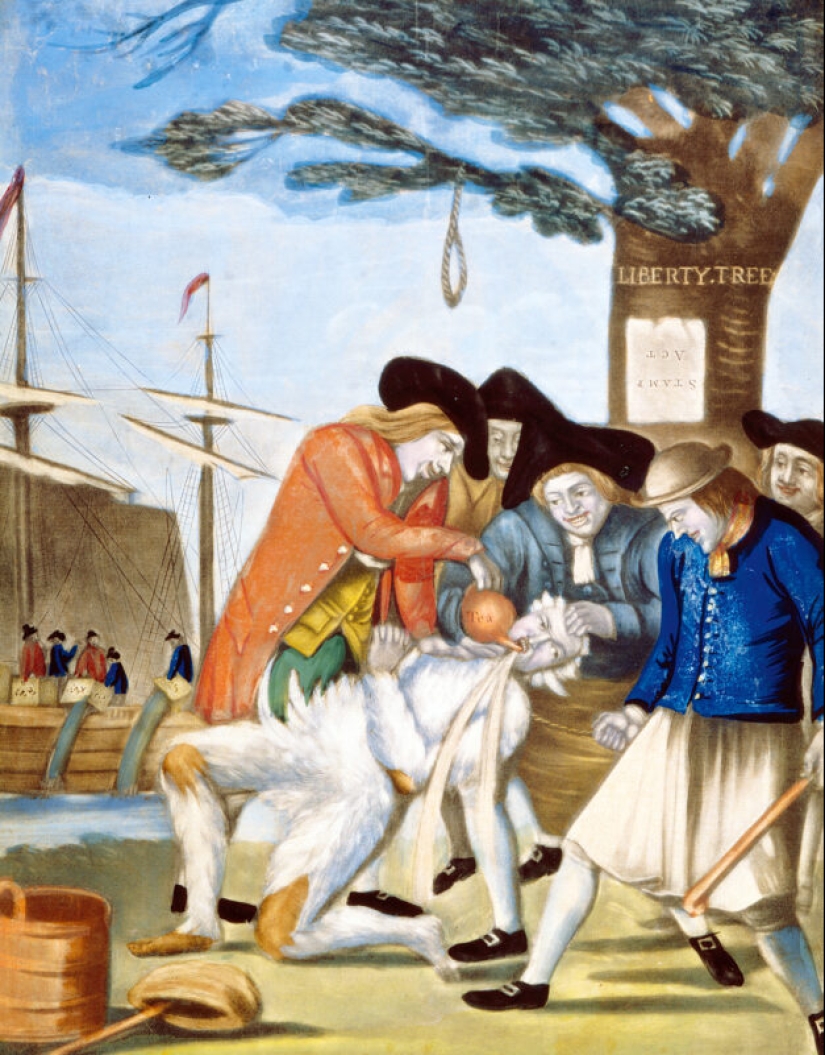
There was also such a shameful punishment as smearing with tar or tar. In the lightest case, they could stain the gate with a stinking substance, and in the most serious case, they could carve the guilty person in tar and feathers from head to toe. This meant one thing — dishonesty and the chances of getting married for the victim of such an execution were negligible.
Sometimes men were also subjected to such shame — in the villages they fought card sharps and petty thieves in this extravagant way. By the way, in the" enlightened " Europe and America in the 18th and 19th centuries, tar and feathers were punished not only among the people, but also in the aristocratic environment.
Keywords: Thief | Laws | Execution | Whip | Peter I | Torture | Tsar
Post News ArticleRecent articles

Leonardo da Vinci was accused of being fond of orgies. William the Conqueror, despite all his successes, was called a "Bastard" ...

Modesty? Decency? A sense of tact? No, you haven't heard! Just look at what the people from the selection below are doing! No ...
Related articles

The story of how a grown man took a wife of juveniles encountered in the news very often. They cannot fail to arouse emotions and, ...

Ancient Rome is the foundation of modern civilization. The Eternal City has given us jurisprudence, principles of government, and a ...

China is undoubtedly an amazing and bright country that has made a big step forward in the field of technology and lifestyle in ...

American documentary photographer Bruce Davidson came to the UK in 1960 for a couple of months on the assignment of Queen magazine. ...